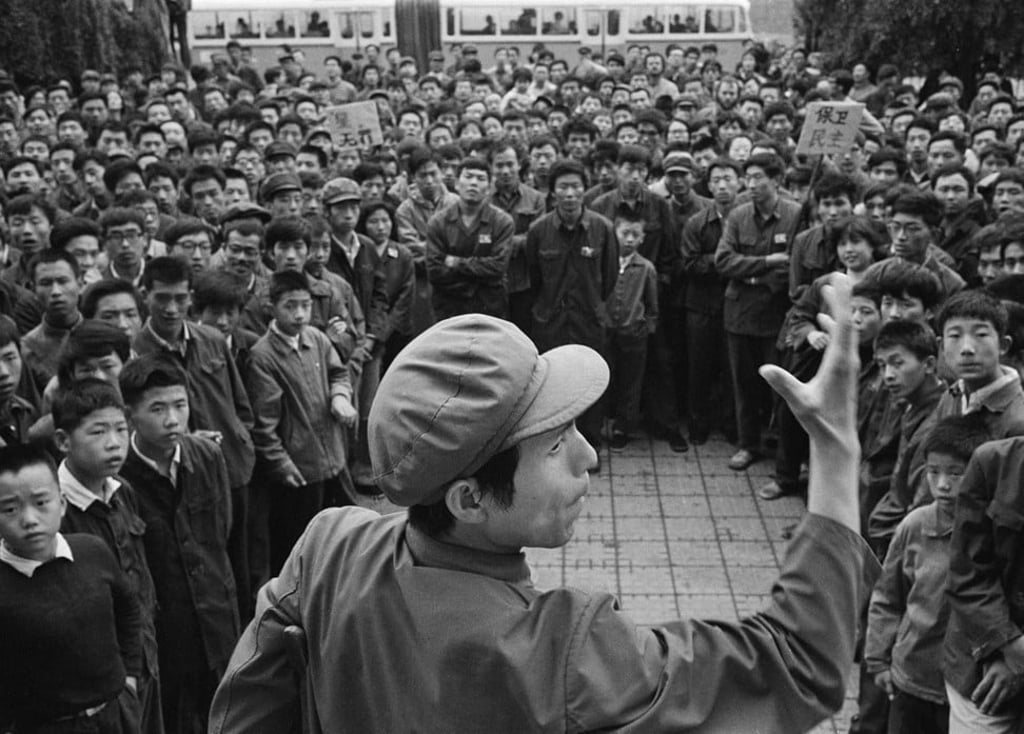Chinese rebel artist Ma Desheng on Tiananmen, artistic freedom and painting stones
- Ma Desheng is a co-founder of the Stars Group, self-taught rebels exploring alternatives to Socialist art
- He gave a performance at his solo exhibition in Hong Kong as a tribute to the Tiananmen Mothers

The wheelchair-bound 67-year-old chanted a prayer for peace in several languages and placed on the gallery floor his drawings of the outlines of women faces. Their hair progressively turns from black to grey, the same colour of his own, long flowing locks, symbolising the long wait for justice endured by the mothers of those killed by the Chinese army in Beijing’s Tiananmen Square and in other cities.
In the middle, he had written in red: “I love the Tiananmen Mothers” in Chinese. On the actual anniversary day, he would join an estimated 180,000 who gathered for a candlelight vigil in Hong Kong’s Victoria Park to mourn those who died.
Ma, who has lived in Paris for most of the time since his self-imposed exile from China in 1983, has never shied away from criticising the Chinese government.

In 1979, he co-founded the Stars Group, a collection of self-taught rebels exploring alternatives to the Socialist art permitted by the Communist party during the brief window of liberation that followed Deng Xiaoping’s 1978 open door policy. That year, they exhibited 150 works on the railings outside the China Art Gallery without official permission, including Ma’s powerful woodblock prints reflecting the hardship and heroism in rural China. It was promptly shut down by the authorities.